What is SEO Title? Detailed Guide to Writing SEO-Friendly Titles in 2024
- Published on
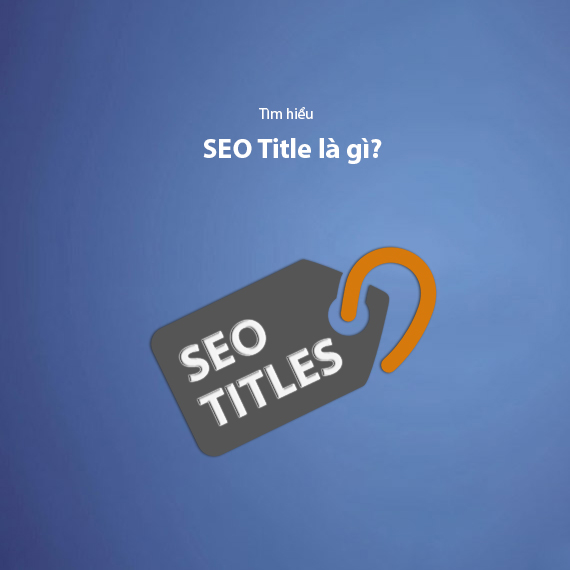
- What is an SEO Title?
- Examples of a Good vs. Poor SEO Title
- Why is an SEO Title Important?
- Key Components of an Effective SEO Title
- Keywords
- Optimal Length
- Relevance and Honesty
- Engaging and Captivating Users
- Tools to Optimize Your SEO Titles
- How to Write an SEO Title: Step-by-Step Guide
- Smart Use of Primary and Secondary Keywords
- Be Clear and Concise
- Use Strong Words to Grab Attention
- Include Your Brand (When Necessary)
- Check Title Length
- Examples of Optimized vs. Non-Optimized Titles
- Integrating SEO Titles into a Holistic Strategy
- Common Mistakes to Avoid When Optimizing SEO Titles
- Keyword Stuffing
- Ignoring Search Intent
- Writing Overly Long Titles
- Overlooking Mobile Optimization
- Neglecting Regular Updates
- Tools and Resources for Writing Captivating SEO Titles
- Tools for Creating and Optimizing SEO Titles
- Title Length Checker Tools
- Performance Analysis and A/B Testing
- Conclusion
What is an SEO Title?
An SEO Title, also known as a title tag, is a short piece of text that describes the main content of a webpage. It is a crucial element displayed in two primary locations: on the SERP (Search Engine Results Page) of Google and other search engines, as well as in the browser title bar. Acting as the "gateway" users first see when searching for information, a well-optimized SEO Title not only increases click-through rates (CTR) but also significantly impacts the search ranking of a website.
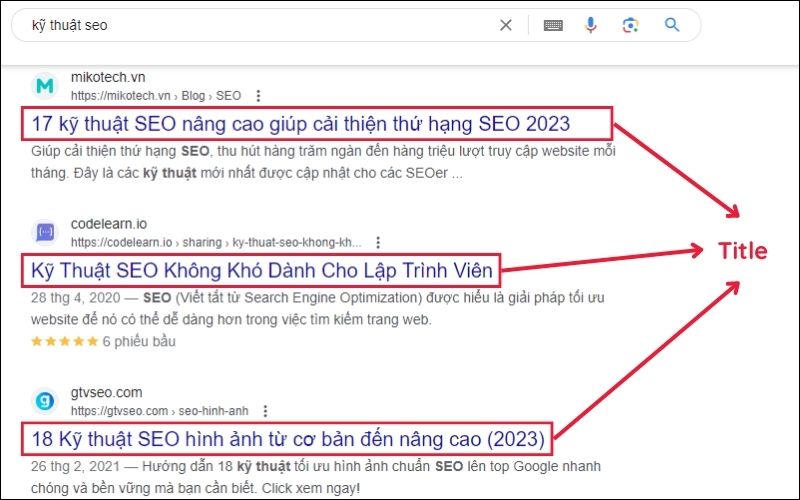
Examples of a Good vs. Poor SEO Title
-
Good Title: "What is an SEO Title? A Guide to Writing Compelling Titles that Boost CTR and Rankings"
-> This title directly addresses search intent, includes primary and secondary keywords, and promises valuable insights for users. -
Poor Title: "Learn SEO Titles"
-> While concise, this title is too vague and does not clearly convey the content or value of the article.
Why is an SEO Title Important?
-
Increases Click-Through Rate (CTR): The title is the first element users read when browsing search results. A clear and compelling SEO Title increases the likelihood that users will click on your article over competitors’. For instance, if you search for "How to optimize SEO," you are more likely to click on an article titled “5 Steps to Effectively Optimize SEO in 2024” than one with a generic, non-specific title.
-
Impacts Google Rankings: Google considers SEO Titles as a key factor in determining the relevance of a webpage's content to search queries. If your title includes a primary keyword and clearly aligns with the user’s intent, your page’s chances of ranking higher increase significantly.
-
Enhances Brand Recognition: For large businesses or websites with established brand authority, including the brand name at the end of the title boosts recognition and builds trust, especially when competing with other results.
-
Optimized for Mobile Devices: In today’s mobile-first world, most searches occur on mobile devices. Keeping titles short yet impactful ensures the message isn’t truncated and effectively captures attention on smaller screens.
Key Components of an Effective SEO Title
To craft an SEO-friendly title, it’s essential to ensure that it not only aligns with search engine algorithms (Google) but also appeals to human readers. Below are the key elements to consider:
Keywords
Keywords are at the core of optimizing an SEO Title. They help Google understand that your content directly aligns with the user’s search intent. Here are some tips for effective keyword usage:
- Place the primary keyword at the beginning of the title to highlight the main topic and improve visibility on SERPs.
- Include secondary keywords naturally without forcing them. For example, if your primary keyword is "SEO Title," you can add secondary phrases like "SEO best practices" or "how to write SEO titles" to broaden reach.
- Avoid keyword stuffing: Overusing keywords not only makes the title unnatural but also risks penalties from Google.
Optimized Example:
- Good: "What is an SEO Title? A Guide to Writing SEO-Friendly Titles to Rank Higher on Google"
- Poor: "SEO Title, SEO Titles for SEO, Best SEO Titles for SEO 2024"
Optimal Length
Title length directly affects how it is displayed on search results. A too-long title may get truncated, losing its meaning and reducing its effectiveness.
- Ideal length: 50-60 characters (including spaces).
- Place important keywords and information at the start of the title.
- Use tools like Yoast SEO, Rank Math, or SEOmofo to preview how your title appears on Google.
Tip: If your title is too long, consider rephrasing or reorganizing the text to make it concise without losing its meaning.
Relevance and Honesty
A good SEO Title must accurately reflect the content of the page. This ensures a better user experience and signals relevance and quality to Google.
- Avoid misleading titles or clickbait. Users will leave immediately if the title doesn’t match the content, increasing the bounce rate and negatively impacting rankings.
- Ensure consistency between the title, meta description, and the page content to maintain coherence and credibility.
Engaging and Captivating Users
A compelling title can make it nearly impossible for users to scroll past your article. To achieve this, consider the following strategies:
- Use powerful words such as: “Secrets,” “How to,” “Guide,” “Tips,” “Quickly,” and “Effectively.”
- Promise to solve problems or deliver value that users are searching for.
- Create a sense of urgency or exclusivity, e.g., “5 SEO Tips You’ve Never Heard Before.”
Examples:
- “10 Secrets to Writing SEO Titles that Instantly Boost Traffic”
- “The Ultimate Guide to SEO Titles: Boost Google Rankings in 7 Days”
Tools to Optimize Your SEO Titles
To ensure your titles are as effective as possible, take advantage of these tools:
- Yoast SEO: Analyze and get recommendations to improve SEO Titles directly on WordPress.
- SEMrush/Ahrefs: Analyze competitor titles and provide optimization suggestions.
- CoSchedule Headline Analyzer: Score and analyze the attractiveness of your titles.
- SEOmofo: Preview how your title and meta description will appear on Google.
Read more: SEO Checklist 2025 – 49 Steps to Skyrocket Your Website's Rankings
By mastering these elements, you can create titles that are not only Google-friendly but also user-focused, delivering the best results for your website.
How to Write an SEO Title: Step-by-Step Guide
After understanding the core elements of an effective SEO Title, follow this step-by-step process to craft titles that appeal to both users and search engines:
Smart Use of Primary and Secondary Keywords
- Place your primary keyword early in the title to emphasize the main topic. Example: "What is an SEO Title? A Guide to Writing SEO-Friendly Titles."
- Incorporate secondary keywords naturally to broaden your search reach. Example: "Secrets to Optimizing SEO Titles for Higher Google Rankings."
Be Clear and Concise
Titles should be short yet informative. Eliminate unnecessary words and focus on solving problems or delivering value.
- Example of a non-optimized title: "How you can create SEO Titles to improve website rankings"
- Example of an optimized title: "Guide to Optimizing SEO Titles for Higher Google Rankings"
Use Strong Words to Grab Attention
Strong words (power words) create an impression and encourage users to click on your article. Examples include: “Guide,” “Secrets,” “Proven,” “Quick,” and “Effective.”
- Example: “5 Proven SEO Title Tips for Effective Ranking in 2024”
Include Your Brand (When Necessary)
If your website or business has strong brand authority, adding the brand name to the title can build trust. Ensure the brand doesn’t overshadow the main keyword or message.
- Example: "How to Write SEO Titles to Boost CTR | GTV SEO"
Check Title Length
Ensure your title is within 50-60 characters to avoid being truncated in search results. Place the most important information at the beginning of the title for maximum visibility.
Examples of Optimized vs. Non-Optimized Titles
Non-Optimized Titles:
- "What is an SEO Title and How to Use It?"
- "How to Optimize Web Page Titles"
Optimized Titles:
- "What is an SEO Title? A Guide to Writing SEO-Friendly Titles"
- "5 Secrets to SEO Titles That Boost Website Rankings in 2024"
Integrating SEO Titles into a Holistic Strategy
Optimizing your SEO Title is just one aspect of a comprehensive Onpage SEO strategy. Ensure your titles align and complement other elements like:
- Meta Description: A concise but enticing summary of the content.
- SEO-Friendly URLs: URLs containing primary keywords and easy to read.
- Content Quality: Ensure the content fulfills the promise of the title.
Read more: How to Optimize Meta Descriptions to Attract More Users
By combining an engaging SEO Title with other Onpage elements, you’ll increase your chances of reaching the right audience, boosting CTR, and achieving higher Google rankings.
Common Mistakes to Avoid When Optimizing SEO Titles
Although optimizing SEO Titles can yield high returns, common pitfalls may reduce their effectiveness or even harm your website's rankings. Here are key mistakes to avoid:
Keyword Stuffing
Keyword stuffing is an outdated SEO tactic that can lead to penalties from Google. Overusing keywords also makes your title less engaging to users.
- Example of a non-optimized title: "What is an SEO Title? SEO Title Guide, Learn SEO Title"
- Example of an optimized title: "What is an SEO Title? A Guide to Writing SEO-Friendly Titles"
Note: Focus on creating a natural, meaningful title that integrates primary keywords appropriately.
Ignoring Search Intent
Your title should match the user’s search intent. If it doesn’t fulfill their expectations, users may quickly leave the page, increasing the bounce rate and hurting your rankings.
- Example of a non-optimized title: "Learn About SEO Titles"
- Example of an optimized title: "What is an SEO Title? A Guide to Boosting CTR in 2024"
Writing Overly Long Titles
Long titles may be truncated on SERPs, losing their meaning and appeal. Aim for a concise, clear title.
- Example of a non-optimized title: "Step-by-Step Guide to Writing SEO Titles to Improve Rankings and Optimize for Google"
- Example of an optimized title: "How to Write SEO Titles to Boost Google Rankings"
Overlooking Mobile Optimization
With over 60% of searches originating from mobile devices, ensure your title is mobile-friendly to avoid truncation or miscommunication.
- Tip: Use tools like SEOmofo or Mobile SERP Test to preview how your title appears on mobile devices.
Neglecting Regular Updates
Search trends evolve, and so should your titles. Use Google Analytics and Search Console to track title performance and adjust as needed.
- Example: Replace "SEO Trends in 2020" with "SEO Trends in 2025" to stay relevant.
By avoiding these pitfalls and leveraging available tools, you can ensure your titles are not only search engine optimized but also user-friendly, delivering the best outcomes for your SEO strategy.
Tools and Resources for Writing Captivating SEO Titles
To create high-performing SEO Titles, utilize tools designed to optimize both content and structure. These tools help you craft SEO-friendly titles that match user needs and search trends.
Tools for Creating and Optimizing SEO Titles
- Yoast SEO: A popular WordPress plugin that provides recommendations for title length, keyword usage, and SERP appearance.
- Rank Math: Offers SEO scoring, keyword analysis, and real-time suggestions for title improvements.
- SEMrush: Analyzes competitors' titles, suggests keywords, and evaluates title performance.
- Ahrefs: Supports keyword research and evaluates title quality based on metrics like search volume and competition.
Title Length Checker Tools
Title length significantly affects visibility on Google SERPs. Use these tools to ensure your title fits within the optimal length:
-
SEOmofo: Preview how your title and meta description will look in search results.
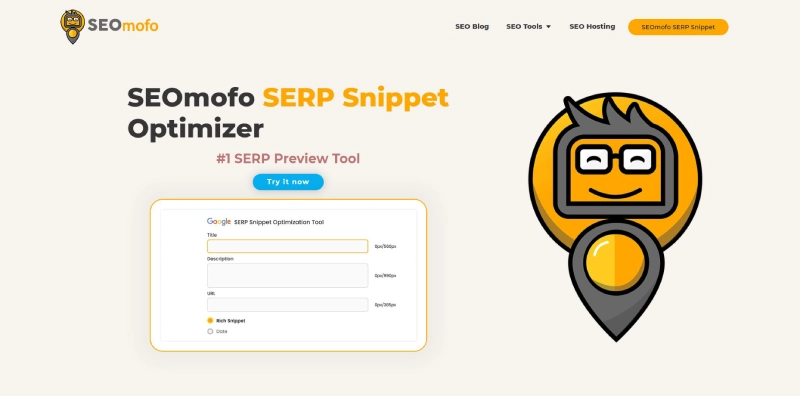
-
CoSchedule Headline Analyzer: Scores and analyzes title attractiveness with actionable improvement tips.
-
To The Web Title Tag Tool: Checks title length and evaluates its SEO friendliness.
Tip: Test your titles on both desktop and mobile versions for consistency.
Performance Analysis and A/B Testing
Monitor title performance and run A/B tests to identify the most effective versions:
- Google Search Console: Track CTR for existing titles and pinpoint which ones perform best.
- Google Analytics: Analyze user behavior and evaluate engagement from title to content.
- Optimizely: Conduct A/B testing for different title variations to select the most effective one.
Conclusion
Crafting an effective SEO Title not only boosts your search rankings but also captures user attention, leading to higher CTR and traffic. By using the right tools and following an optimized process, you can create titles that are both search engine-friendly and genuinely valuable for your audience.
Start implementing these strategies today and transform your SEO Titles into a competitive advantage in the ever-evolving digital landscape.
Latest Posts

Lesson 26. How to Use break, continue, and return in Java | Learn Java Basics
A guide on how to use break, continue, and return statements in Java to control loops and program execution flow effectively.

Lesson 25. The do-while Loop in Java | Learn Basic Java
A detailed guide on the do-while loop in Java, including syntax, usage, examples, and comparison with the while loop.

Lesson 24. How to Convert Decimal to Binary in Java | Learn Basic Java
A guide on how to convert numbers from the decimal system to the binary system in Java using different methods, with illustrative examples.

Lesson 23. How to Use the While Loop in Java | Learn Java Basics
Learn how to use the while loop in Java with syntax, real-world examples, and practical applications in Java programming.
Related Posts
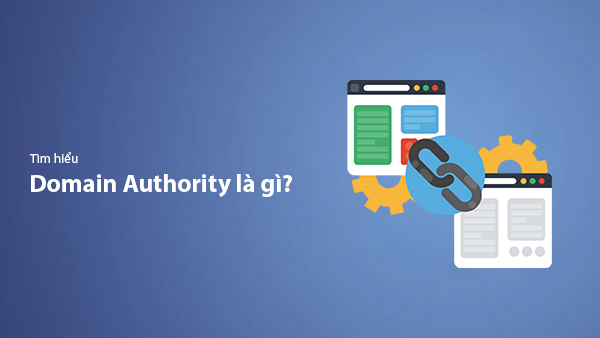
What is Domain Authority? 13-Step Guide to Improve DA Score for Your Website in 2025
Discover what Domain Authority is and its importance in SEO. A detailed guide on the 13-step process to effectively increase DA, from content research and technical optimization to building quality backlinks for a sustainable SEO strategy.
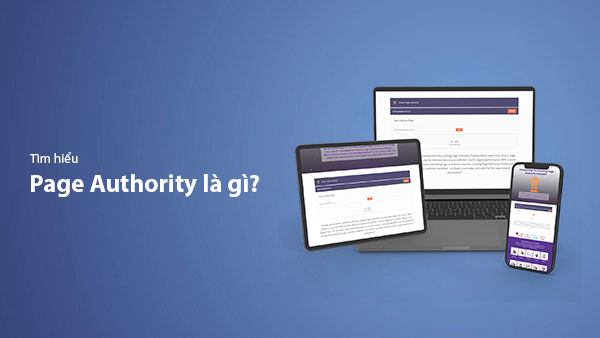
What is Page Authority? The Importance of Page Authority for SEO in 2025
Learn what Page Authority (PA) is and its role in SEO optimization to help improve your website's ranking on search engines in 2025.
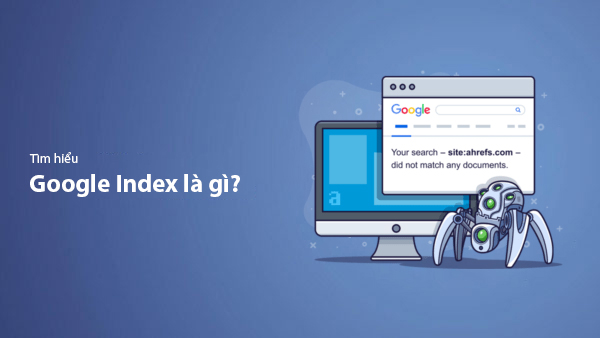
What is Google Index? A Guide to 13 Ways to Speed Up Website Indexing in 2025
Discover what Google Index is and learn detailed guidelines on 13 effective ways to get your website indexed quickly and boost your SEO rankings on Google in 2025.
![What is Onpage SEO? 23+ Basic & Advanced Onpage Optimization Checklist [2025]](/blog-posts/seo-onpage/seo-onpage-thumb.jpg)
What is Onpage SEO? 23+ Basic & Advanced Onpage Optimization Checklist [2025]
Learn the concept of Onpage SEO and the 23+ basic to advanced Onpage optimization checklist to improve website quality and boost search rankings effectively.

